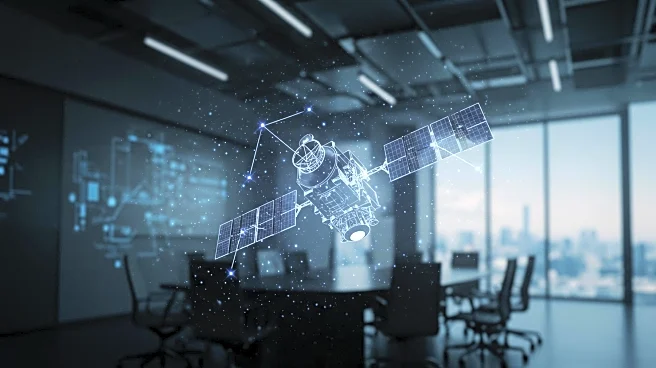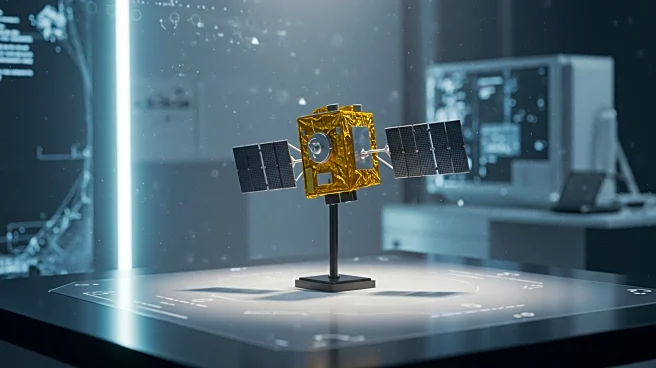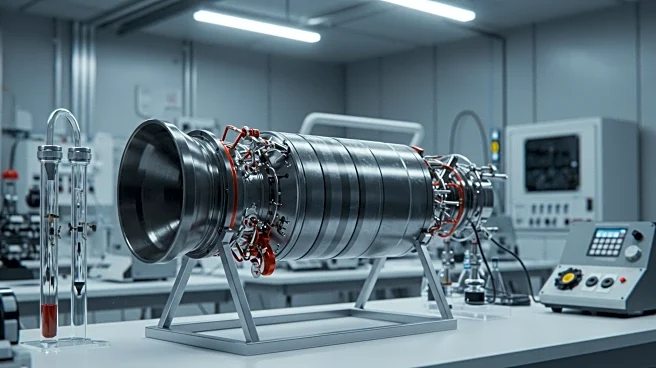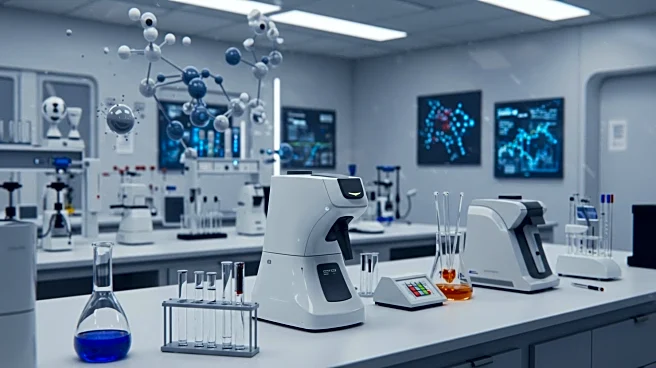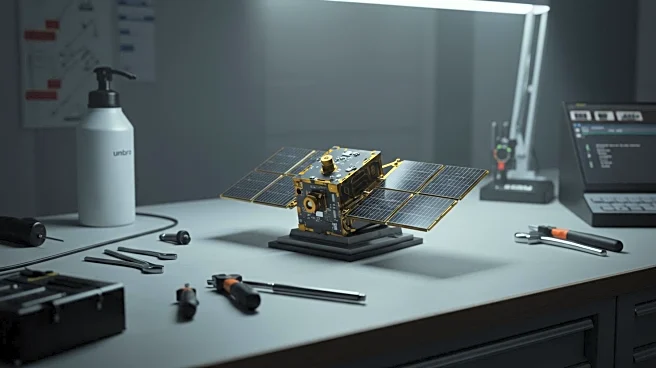What's Happening?
Gabe Zimmerman, Director of In-Space at Ursa Major, spoke at the SmallSat Conference in Salt Lake City, Utah, highlighting the evolving priorities within the small satellite industry. The discussion focused on balancing cost and reliability, addressing supply chain challenges, and the importance of volume production and strategic vertical integration. Zimmerman emphasized the need for early cross-team collaboration to meet the rising demand for satellite hardware. The conference also showcased the rapid proliferation of small satellites and the potential of hybrid propulsion solutions to shape the sector's future.
Why It's Important?
The small satellite industry is experiencing significant growth, driven by increased demand for reliable and cost-effective satellite hardware. This expansion has implications for various sectors, including telecommunications, defense, and scientific research, as small satellites offer enhanced capabilities and coverage. The focus on volume production and strategic integration is crucial for meeting the industry's needs and ensuring the timely delivery of satellite components. Companies like Ursa Major are at the forefront of this transformation, potentially influencing the industry's direction and setting new standards for satellite production and reliability.
What's Next?
As the small satellite industry continues to grow, stakeholders are likely to focus on improving supply chain efficiency and developing innovative propulsion solutions. Companies may invest in strategic partnerships and vertical integration to enhance production capabilities and meet the increasing demand. The industry could see further advancements in hybrid propulsion technologies, offering more efficient and versatile satellite operations. Additionally, ongoing discussions at conferences like SmallSat may lead to new collaborations and initiatives aimed at addressing current challenges and exploring future opportunities.
Beyond the Headlines
The rapid growth of the small satellite industry raises questions about the environmental impact of increased satellite launches and the long-term sustainability of space operations. Ethical considerations regarding the use of satellite technology for surveillance and data collection may also emerge. As the industry evolves, stakeholders must navigate these complex issues while balancing innovation and responsibility. The development of hybrid propulsion solutions could play a role in mitigating environmental concerns by offering more efficient and sustainable satellite operations.
